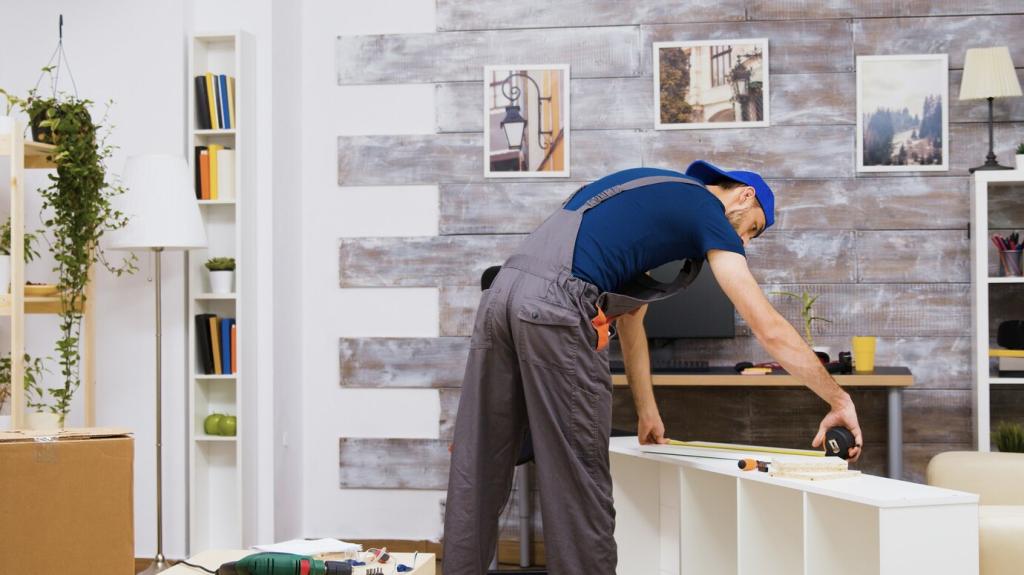
Optimizing Humidity Levels for Wood Preservation
Today’s chosen theme: Optimizing Humidity Levels for Wood Preservation. Welcome! Let’s protect the character, strength, and beauty of wood by mastering humidity—turning careful measurement and gentle control into everyday stewardship for heirlooms, floors, instruments, and treasured structures.
Wood is hygroscopic, meaning its cell walls absorb and release water vapor until they match surrounding conditions. This dance affects dimensions, strength, and appearance, making humidity control essential for preventing warping, cracking, and unnecessary stress in cherished pieces.
Why Wood Loves Balance: Moisture Fundamentals
Measuring What Matters: Tools and Techniques
Reliable Hygrometers and Proper Placement
Use a quality digital hygrometer, verify it with a simple salt test, and place it away from windows, vents, and direct sunlight. Measure in multiple locations near treasured wood to capture microclimates that silently shape preservation outcomes every single day.


Moisture Meters for Wood
Pin and pinless moisture meters reveal internal moisture content that ambient readings can’t. Calibrate for species, correct for temperature, and take repeated measurements along end grain and faces. Share your questions about tricky readings, and we’ll help interpret the patterns together.
Setting Targets: Ideal Humidity for Different Uses
For most homes, aim for 30–50% relative humidity to maintain approximately 6–9% wood moisture content. Oak, maple, and walnut appreciate stability; consistent ranges mean fewer gaps, quieter joints, and drawers that glide year-round without stickiness or worrisome rattle.
Setting Targets: Ideal Humidity for Different Uses
Instruments prefer narrower bands, often around 40–50% relative humidity, limiting soundboard distortion and seam failures. Luthiers obsess over this for good reason. If you care for guitars, violins, or pianos, follow and share your regimen—we’ll compare notes and refine targets.

Choose compressor units for warm, damp areas and desiccant models for cooler spaces. Size by square footage and moisture load, ensure continuous drainage, and clean filters. An oversized, well-positioned unit often prevents cumulative damage that only becomes visible months later.
Control Strategies: Bringing Humidity Into Line
Evaporative units avoid mineral dust, while ultrasonic models require distilled water and frequent cleaning. Place units centrally, away from wood surfaces, and use hygrostats to avoid overshooting. Share your maintenance routine and we’ll help optimize runtime, refill schedules, and water quality.
Control Strategies: Bringing Humidity Into Line
Troubleshooting: Reading the Signs and Responding
Cupping hints at uneven moisture through thickness; end checks suggest rapid drying. Balance conditions slowly, flip boards during acclimation, and adjust airflow. Comment with photos of problem boards, and we’ll brainstorm corrective steps that respect grain, stress, and glue lines.

